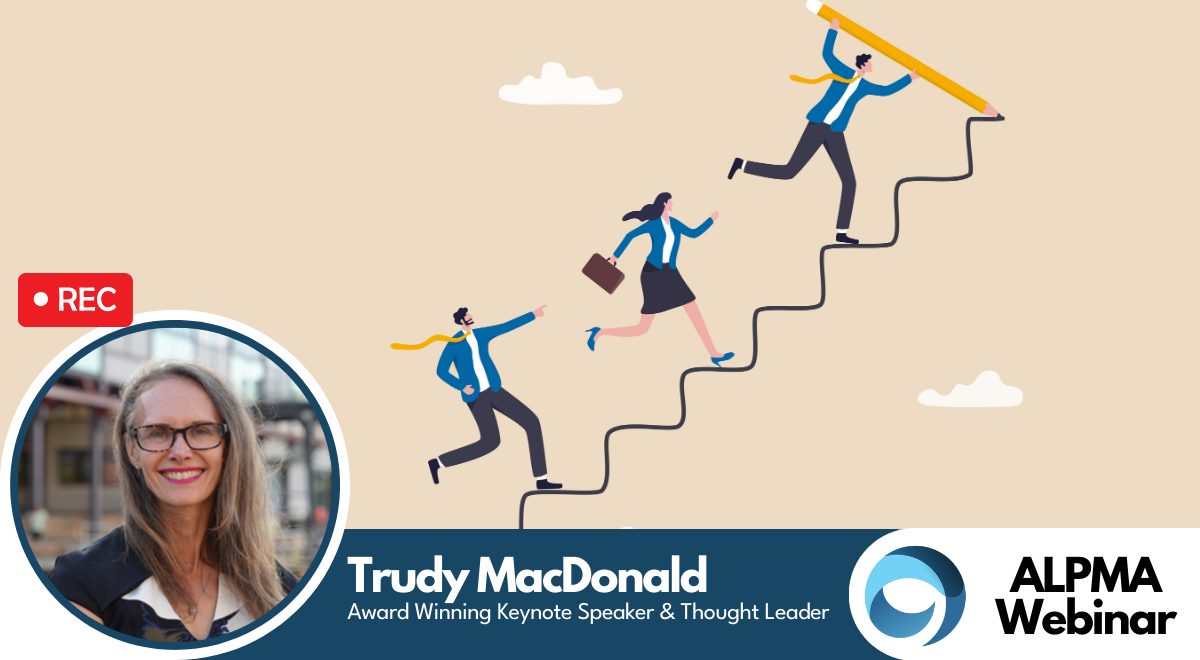“Adaptability is about the powerful difference between adapting to cope and adapting to win.”
– Max McKeown, Innovation Strategist
“Adapt or die” has never been a easy message to hear, especially when some indicators suggest that the legal profession is thriving. The profession employs over 115,000 individuals across more than 21,000 organisations. Annual revenue has increased by 2.1% over the past five years, delivering $21.3bn, and profits of $6.6bn.
And yet, behind the comforting headline numbers, there are growing pressures in several quarters, driving the need for change:
- Client expectations around value for money and levels of service are increasing, as is their ability to ‘shop around’ if they are unhappy with the options on offer.
- Recruitment and retention of key staff, both professional and support, is becoming challenging, with new joiners’ career aspirations and daily work expectations not always aligned with those of the firm.
- Demand for legal services from commercial clients is expected to decrease over the coming years as they move more work in-house.
- Overall growth in the Legal Services market is projected to roughly halve, to 1.2% over the coming five years.
The old adage of “do what you’ve always done, and you’ll get what you’ve always got” is now more a case of “do what you’ve always done and watch your clients dwindle!”
As Max McKeown suggests, some firms make changes simply to keep the lights on, and their heads above water, but the winners of the future will be the firms who implement change because they see opportunities to get out in front – ahead of the pack.
The tendency over the last decade has been for firms to focus on major transformation and innovation programmes to drive change. Some of these, especially at larger firms, have had some success but at tremendous cost in time, effort and (often) consulting fees. More often, though, the most successful and transformative changes have been simple, straightforward, unglamorous and, primarily, unheralded.

Successful Change Projects Share some Common Characteristics
Start small, aim big
“Don’t try to boil the ocean” has become a mantra for managers and consultants everywhere. It’s an all too common tendency, not just confined to lawyers, to make grand plans to radically re-invent “the way things work around here”. However, it is better to start with small, incremental projects that point the way to bigger and better things, than to risk a big project going off the rails.
2. Sponsorship is key
Effective ownership and commitment to change initiatives are key to their success, according to a McKinsey study . Engage the Partners (or Directors) from the outset and include them in decision-making and communications. Change fails if there is no-one driving it from the top.
3. Look at where you are, but only as a reference
Bruce Lee famously said: “There are no limits. There are only plateaus, and you must not stay there, you must go beyond them.” He was discussing personal growth and the limits of endurance, but this concept applies equally to enabling change in law firms.
With time and repetition, we can plateau in a state of complacency in our daily work which raises barriers to change. Transformative change starts with looking at the status quo, then seeking a fresh perspective on how something “should” work. A working model is easy to critique and improve upon, compared to starting from a blank sheet. Be mindful not to limit your thinking to the way things currently work as the only possible way. Keep an open mind.
4. “Begin with the end in mind.”
Planning and bringing about transformative change is often a process of ‘chunking’. Breaking the big picture down into smaller pieces makes them “real” and more attainable, but never lose sight of the overall objective. The big picture is there to help keep you on track. It is your touchstone, to ensure that all of your small, incremental changes add up to a meaningful whole.
5. What gets measured gets done
Without meaningful data and measurements which show what effect your change is having, you risk your project being written off as “change for change’s sake”. People suffer from change fatigue over time, so it is vital to demonstrate the (positive) impact each project has on the overall business.
6. Appropriate communication
“We told everyone what to do, but they just kept on doing it the old way.” An all too frequent complaint from those trying to lead and inspire change in organisations. Communication, in and around change projects, is a critical success factor. Three things that everyone needs to know, accept and understand about your project are ‘”Why are we changing?”, “Where will the change take us?” and “How will the change affect me?”
Practical Advice on Where to Begin
For firms starting out on the road to transformation, there are some ‘low hanging fruit’ where small, achievable projects can pay big dividends in terms of productivity and efficiency:
- Pay attention to your Document Management system. If you don’t have a rigorous system in place, you will inevitably face problems down the track. Your practice management software should have an in-built document management capability, with full-text index searching to help find documents based on their content and purpose, not just file name.
- Consider how your incoming correspondence gets managed and filed. Multi-function device integration with your practice management system can ensure your correspondence is processed efficiently and stored centrally against your matters.
- Review your processes and workflows, especially those common to most matters. Focusing on these will see the biggest improvements in efficiency, especially when they involve people outside the firm (third parties, experts, barristers, surveyors, etc.).
- Identify routine tasks which are undertaken every time you open or close a matter. Automation of these functions eliminates manual work, streamlines processes and improves compliance and data integrity over time.
- Examine your billing processes. Fees and disbursements are one thing, but revenue depends on what you actually bill. Review your billing systems to identify gaps in processes and time-keeping to plug revenue leakage.
Change is the only constant these days, and the pace looks set to accelerate. Firms that procrastinate and cling to current practice, will fall behind in the race to retain and grow clients and revenues. Small projects may lack glamour and pizzazz, but are the best way to achieve significant results in relatively little time – and set your firm on a course for transformation.
Sources:
- [1] IBISWorld – Legal Services Australia Market Research Report – May 2019
- [2] Johnston, Lefort and Tesvic “Secrets of successful change implementation”
- [3] Adams, Linda “Learning a new skill is easier said than done”
- [4] Murphy, Mark “3 stages of successful change management”




